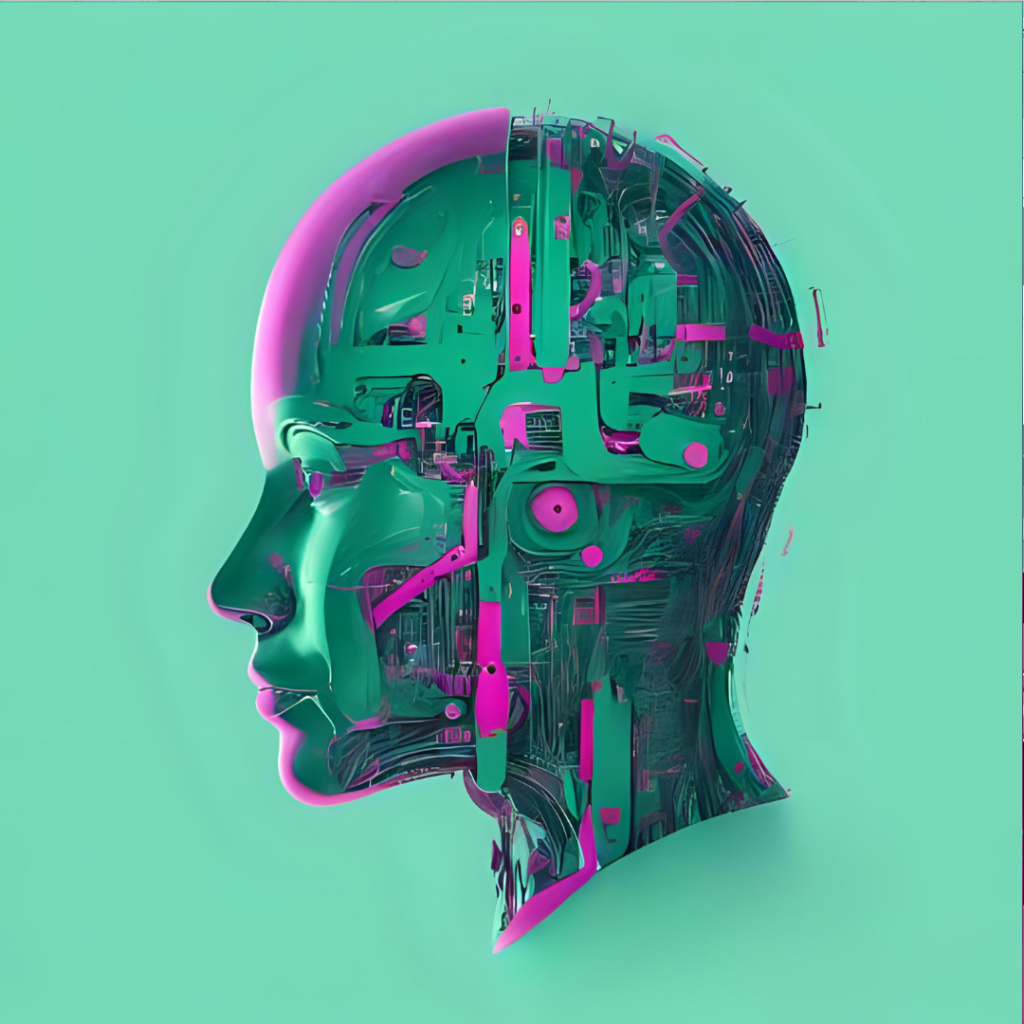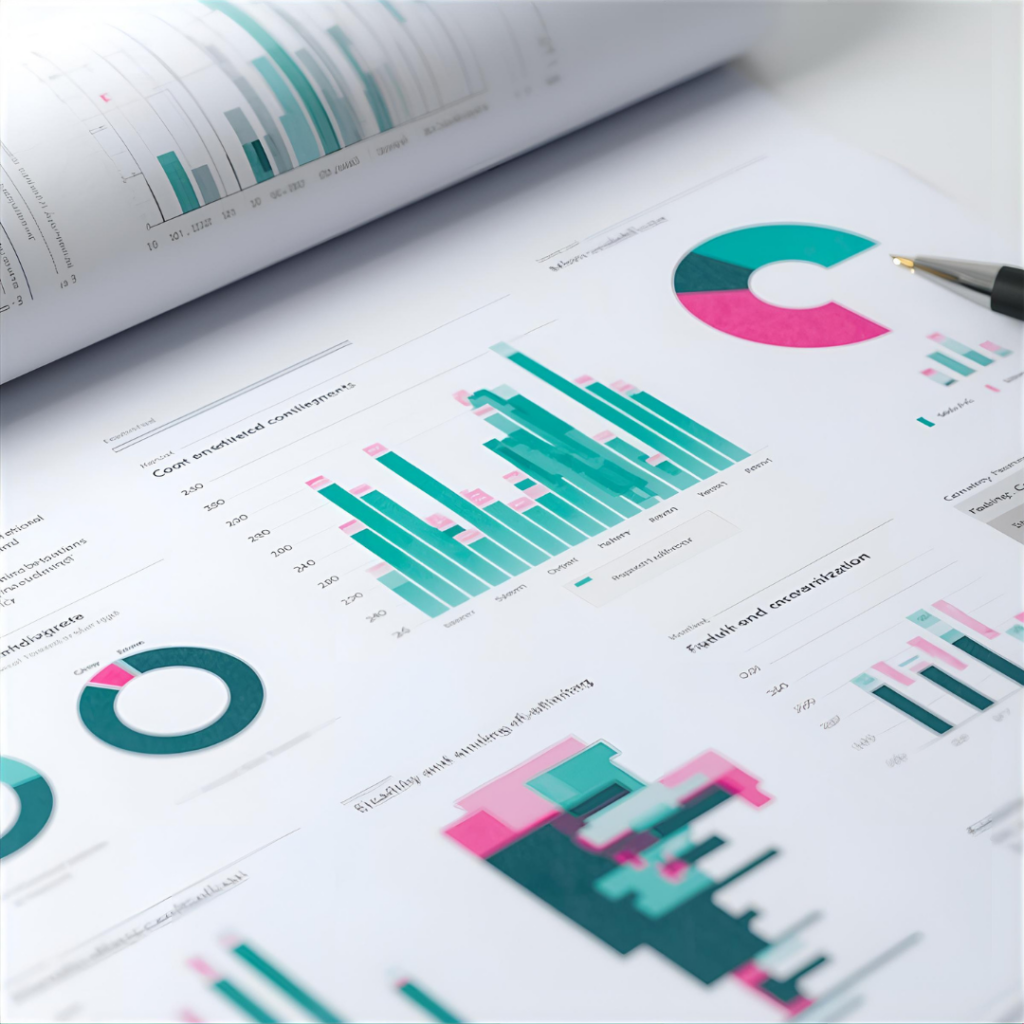“The Self-Reflection Tool acts as a mirror that anchors ethical thinking, helping users move from abstract principles to situated, inquiry-based judgement.”
The self-reflection tool is composed by two questionnaires designed to encourage both individuals and organizations to critically evaluate their engagement with, and awareness of, ethical practices in the use and development of AI.
Grounded in the theoretical dimensions outlined in the European Commission’s Ethical Guidelines for Trustworthy Artificial Intelligence, the surveys invite participants to reflect on key issues, fostering personal awareness and supporting institutional empowerment, while promoting an ethical and responsible approach to AI.
Based on the EU Ethical Guidelines’ theoretical structure:
•Human Agency and Oversight: including fundamental rights,
children’s rights, human agency, and human oversight.
•Transparency: including traceability, explainability and
communication.
•Diversity, non-Discrimination and Fairness: including
accessibility, universal design, the avoidance of unfair bias, and
stakeholder participation, which allows use regardless of age, gender,
abilities, or characteristics – with a particular focus for students with
special needs.
•Societal and Environmental Wellbeing: including sustainability
and environmental friendliness, social impact, society, and democracy.
•Privacy and Data Governance: including respect for privacy, quality
and integrity of data, and access to data.
•Technical Robustness and Safety: including resilience to attack,
security and general safety, accuracy, reliability, and reproducibility.
•Accountability: including auditability, minimisation and reporting
of negative impact, trade-offs, and redress.
European Commission: Directorate-General for Education, Youth, Sport and Culture. (2022) Ethical guidelines on the use of artificial intelligence (AI) and data in teaching and learning for educators, Publications Office of the European Union, https://data.europa.eu/doi/10.2766/153756
How to USE the Self-reflection Tools
🧭 Step-by-Step
The Self-Reflection Tool is designed to guide you through a simple and meaningful process of personal and institutional reflection on the ethical use of AI in education.
Here’s how to make the most of it — step by step:
- Take the Survey: Start by completing the questionnaire. Reflect on your own beliefs, practices, and attitudes (or, for the institutional version, on your organization’s policies and strategies). The questions are based on the key ethical dimensions identified in the European guidelines.
- Explore Your Results: Once you’ve submitted your responses, you’ll receive a summary showing your profile across the main ethical areas. This helps you understand your current position and identify areas for reflection or improvement.
- Compare with Peers: View the aggregated data from other users or institutions to see broader trends and levels of engagement.
➡️ From Using to Understanding
After you’ve completed the survey and explored your results, the next step is learning how to interpret them effectively.
In the following section, “How to Read Reports and Graphs,” you’ll find guidance on understanding the visuals, values and indicators used in your report — so you can move beyond the numbers to meaningful insight.
How to READ Reports and Graphs
🔎 How to Read the Bar Chart
The bar chart summarizes the average self-assessed levels of awareness and competence reported by respondents for each dimension of the EU Guidelines on the Ethical Use of AI in Education.
- Horizontal axis (X): represents the different guideline dimensions.
- Vertical axis (Y): shows the mean perceived levels. Higher values indicate greater perceived understanding, control, or competence, while lower values suggest areas where respondents feel less confident.
Overall, the chart provides a clear, at-a-glance overview of how respondents evaluate their performance across dimensions, highlighting both strengths and areas for improvement.
☁️ Word Clouds (Profiles and Perceptions)
Word clouds display the distribution of responses across different categories. The larger the word, the higher the frequency of that response.
Examples included in the report:
- Countries of participants → show geographical diversity.
- Personal reflections on AI ethics → shows key concepts where respondents perceive a greater need for support or intervention.
👉 Word clouds are not about precision but about emphasis. They provide a quick visual impression of what matters most across the group.
🍩 Donut Charts (Profiles of Respondents)
Donut charts summarize participants’ background characteristics. Each slice represents the percentage and number of respondents in a given category.
- Research field → disciplinary distribution of participants.
- Educational level → teaching levels represented (e.g., primary, secondary, higher education).
- Professional experience in teaching → years or levels of teaching experience.
👉 These charts are useful to understand who the respondents are and to contextualize the other results.
💡 Suggestions for Interpreting Your Results
- Compare your answers with the averages: See whether your perception is aligned with, above, or below the group’s.
- Look beyond the averages: Pay attention to the distribution of scores. If responses cluster at higher values (4–5), it signals strong confidence or awareness; if they cluster at lower values (0–1), it points to areas needing improvement.
- Identify strengths and growth areas: Lower-than-average ratings may signal opportunities for reflection and development.
- Appreciate diversity: Differences in responses are not “wrong”; they offer valuable perspectives that enrich the overall understanding.
Use the results as a mirror: NOT to judge your absolute position, but to recognize where you are already strong and where you could grow in relation to the ethical use of AI. Comparing your results with the averages helps you see whether your perceptions align with or differ from those of your colleagues.
Individual Self-Reflection Section

Individual Self-Reflection Survey
In this section, you can log in to complete a questionnaire that helps you reflect on your personal beliefs, practices, and ethical attitudes concerning the use and development of AI in education.
The questions are structured around the key ethical dimensions identified in the European guidelines, offering an opportunity for introspection and personal awareness.

Comparative Report
Curious to see how you compare with your colleagues?
After completing the survey, you can view and compare your responses alongside aggregated results from other users.
The report highlights overall trends and levels of engagement, helping you understand your position and identify areas for reflection and potential improvement.
Institutional Self-Reflection Section

Institutional Self-Reflection Survey
You can also complete a version of the questionnaire focused on your organization’s engagement with ethical practices in the use and development of AI in education.
In this version, the questions follow the same key ethical dimensions, providing an opportunity to reflect on policies, strategies, and shared responsibilities and raise awareness about responsible approaches at both personal and institutional levels.

Comparative Report
Curious how your institution compares with others?
You can compare your responses with the aggregated perception from other participants.
This report highlights trends in how institutions’ ethical practices are perceived, helping you understand how your organization is viewed and identify areas for reflection and improvement.